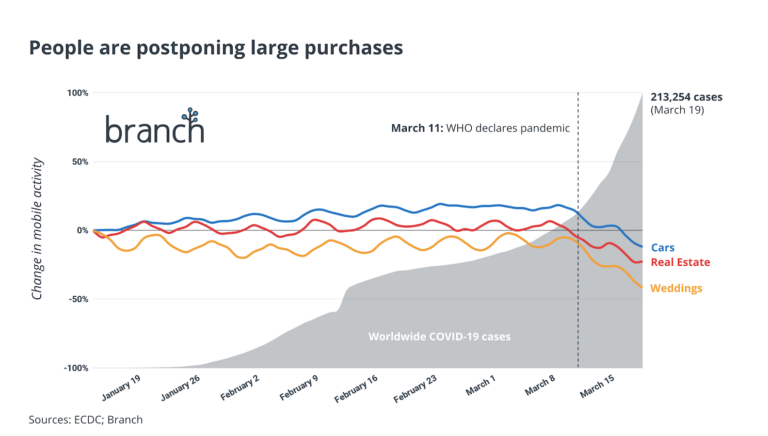“In strange and uncertain times such as those we are living in, sometimes a reasonable person might despair. But hope is unreasonable and love is greater even than this. May we trust the inexpressible benevolence of the creative impulse.”
Robert Fripp
We are indeed living in uncertain times. In the past few days, I have had a series of surreal experiences — a date turned into a video chat, a social brunch with my founder girlfriends turned into a 10-person zoom, an Instacart delivery with a delivery window of four days, my plans to host a dinner for mobile growth leaders evolved into plans to moderate a virtual dinner — and that’s just the beginning. The recent changes in the world we live in will have ramifications to the way we live and interact with each other, and it will impact the way we do business for the months and potentially years to come. The now-famous Black Swan email from Sequoia capital warned businesses to get ready for a slowdown, conserve resources, and be conservative — but the truth is that this period of uncertainty and extreme hardship can also be a time of opportunity to adapt, show empathy, and put communities first. For companies, it can be a time of learning and building better relationships with their customers.
As I talked to mobile leaders over the past few weeks and asked what they are doing to prepare, I observed how leading brands are reacting to the shift in social environment and how data is showing shifts in online and mobile behavior. My learnings reminded me of a book I recently read: The Infinite Game by Simon Sinek. The book distinguishes between two different types of games: finite and infinite. In finite games — like football or chess — the players are known, the rules are fixed and there’s an agreed-upon objective that ends the game with a winner often being declared. Infinite games, on the other hand, can be played by known and unknown players; there are no exact rules and the length of play is infinite. There is no winning in infinite games. The objective is to continue playing. Business is an infinite game and while you can’t “win” at business, you can certainly drop out if you run out of resources. If your business has a just cause (if you are not in it just to make money) you can adapt your gameplay to adjust for what your cause needs to survive in the short term vs the long term. I believe COVID will be a challenge for many businesses — how they react now, whether their leaders have a finite mindset (thinking of short term gains) or long term one (thinking how they can react and adapt during these times to continue pushing their cause) will really impact their long term success.
At Branch, our cause is to help mobile companies grow and be discovered. In these hard times, after making sure that our employees are safe and supported, the most important thing is to support our customers — so everything we are working on, from marketing to research, to our product roadmap, is changing to make sure that we support every customer in this challenging time. We hope this post is one small step in that direction
I. Be aware of significant changes in user behavior
The most obvious advice is to be empathetic of the changes in user behavior during these trying times. The emotions of your users are different — some are severely impacted by the disease, either by getting sick themselves or having a relative getting sick. Others are anxious and worried about their health and preoccupied with their jobs and financial situations — many will lose their jobs during these hard times, businesses will shut down and the way people spend will change significantly over the next few months. The lucky ones that don’t get impacted directly will be lonely because they are forced to maintain physical distance from their loved ones, stressed, and overwhelmed as a result of the new situation. For example, many parents now have to work while caring for their children who are at home (and likely bored because they have more time on their own). With empathy for these changes in emotions and behavior, you can react, survive, and actually help by adapting to how your users interact with your services.
We looked at some trends we are seeing in the market looking across the 40,000 apps using Branch and found interesting insights. (Note: While usage of individual apps in the categories below can vary significantly, our graphs represent average variations in mobile activity.)
a. Big changes in how we think about big purchases like car real estate or… weddings.
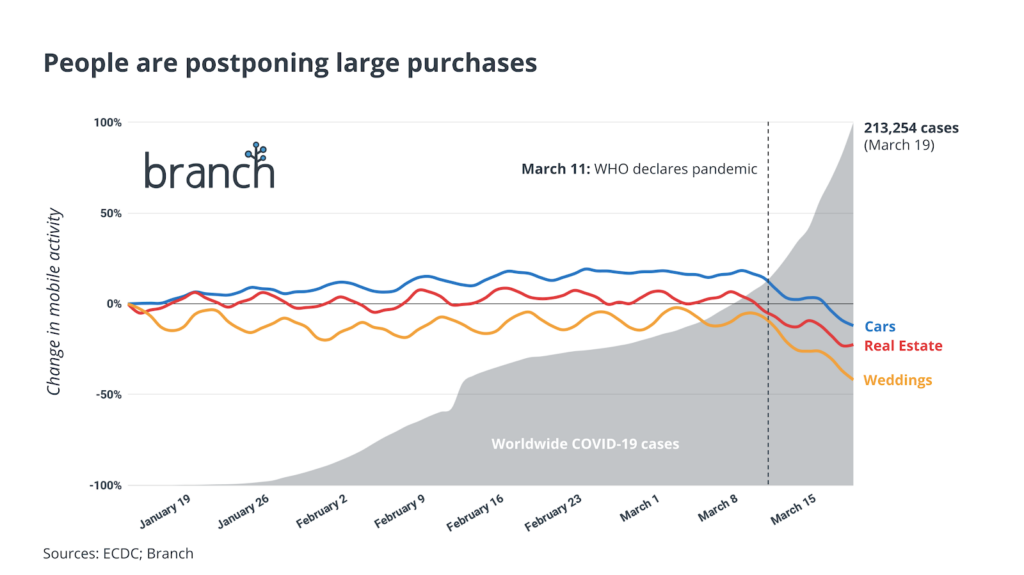
b. A change in how we interact with the world — virtual social activities like social gaming, social video, and more
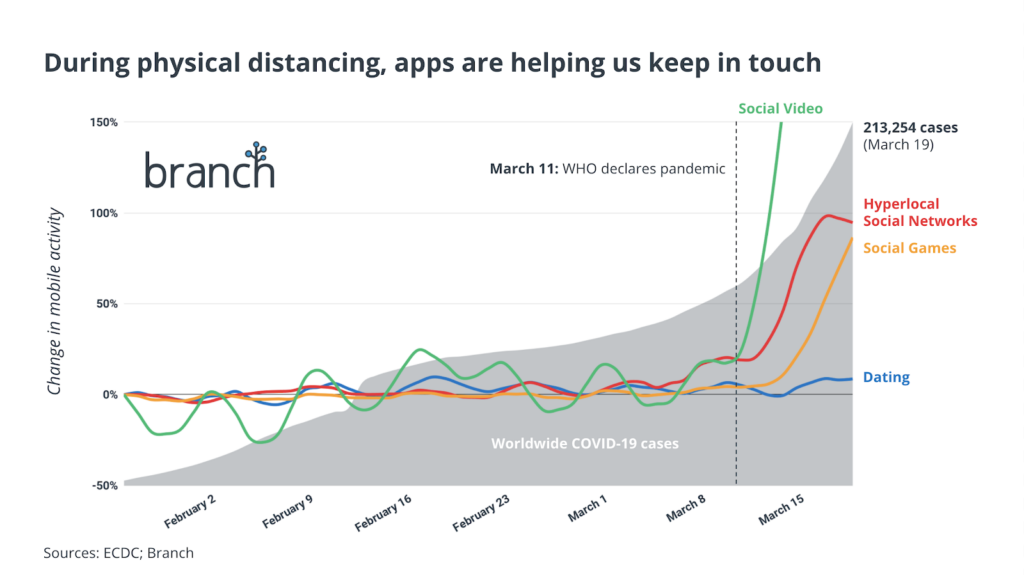
c. A change in how we interact with our home
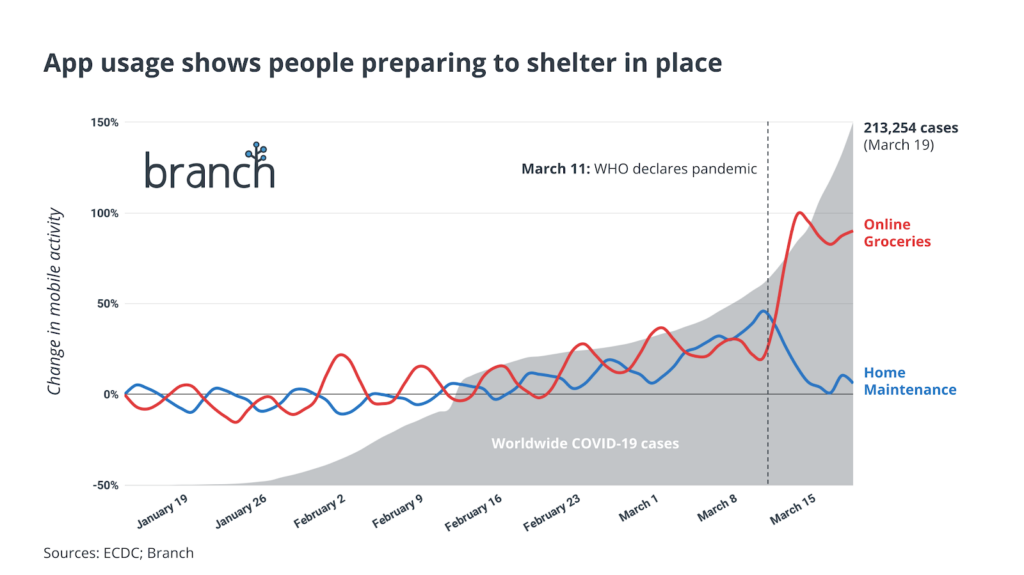
d. Major changes in how we spend our time — we see steady decreases in travel and a sharp decline in sports and events
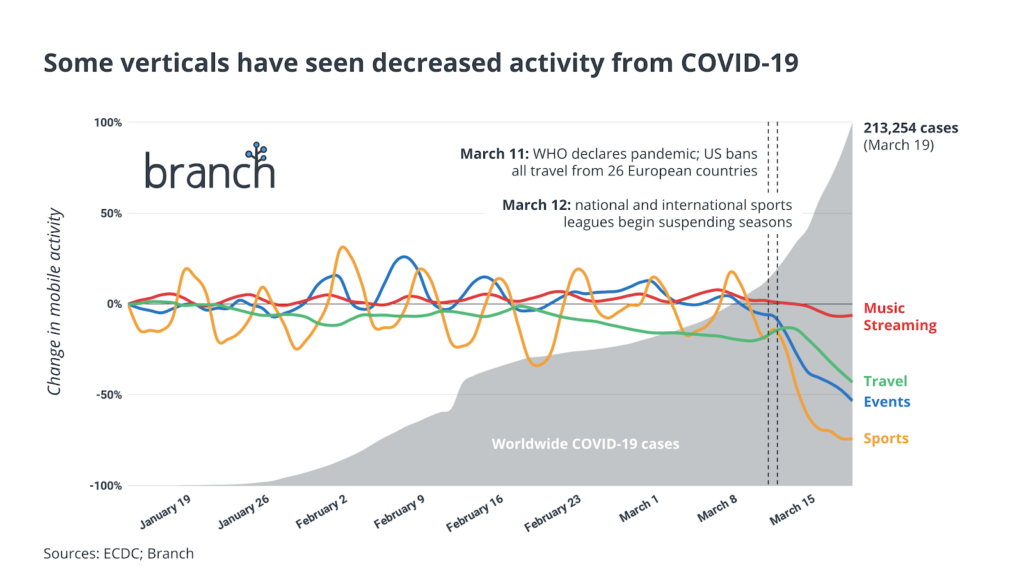
e. We read more news, transfer money more, play more games, shop secondhand from others, and try to monitor the stock market…
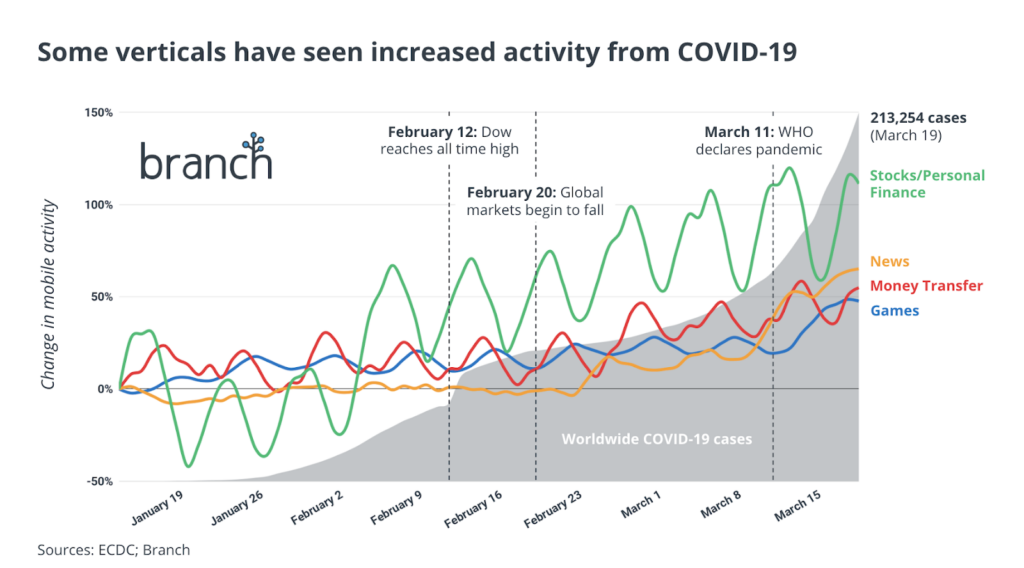
1. Put the safety of your users, employees, and community above your short term goals
While this might be a time when some take advantage of fear and desperation by hoarding resources, trying to profit and beyond, companies who put the long term benefit of their customers beyond their short term gain will be most likely to survive and grow in this environment. Asking people to work from home, providing flexibility, and offering pay for hourly workers are just a few examples of how companies are putting long term relationships above short term benefits. An infinite mindset means that when you put the safety and health of your employees, customers, and community first, it will actually help your cause in the long term.
This email was sent by Sweetgreen quite in advance of the California mandatory shelter announcement and was driven by doing what’s right for the community vs. thinking about short term gains or losses for their business.
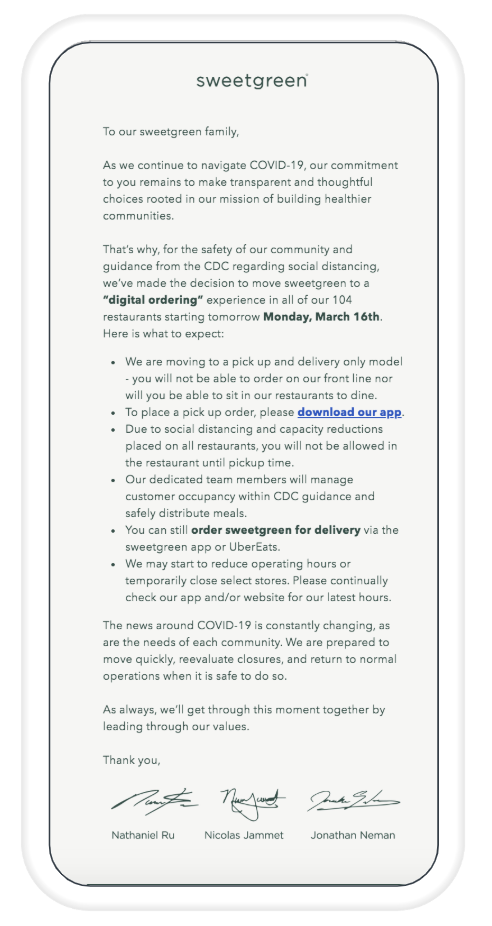
2. Send more users online and remind them of your online presence, especially your app. Assure them your services are still available if that’s an option.
While this might seem obvious, not everyone remembers to do this. Some retailers or banks are more equipped to handle shopping online vs. offline but many have included this in their messages around their planning during COVID-19. We see banks encouraging users to use their apps instead of coming in person, retailers encouraging their customers to shop online, small restaurants shifting to delivery-only, companies adapting to encourage no contact deliveries, and more.
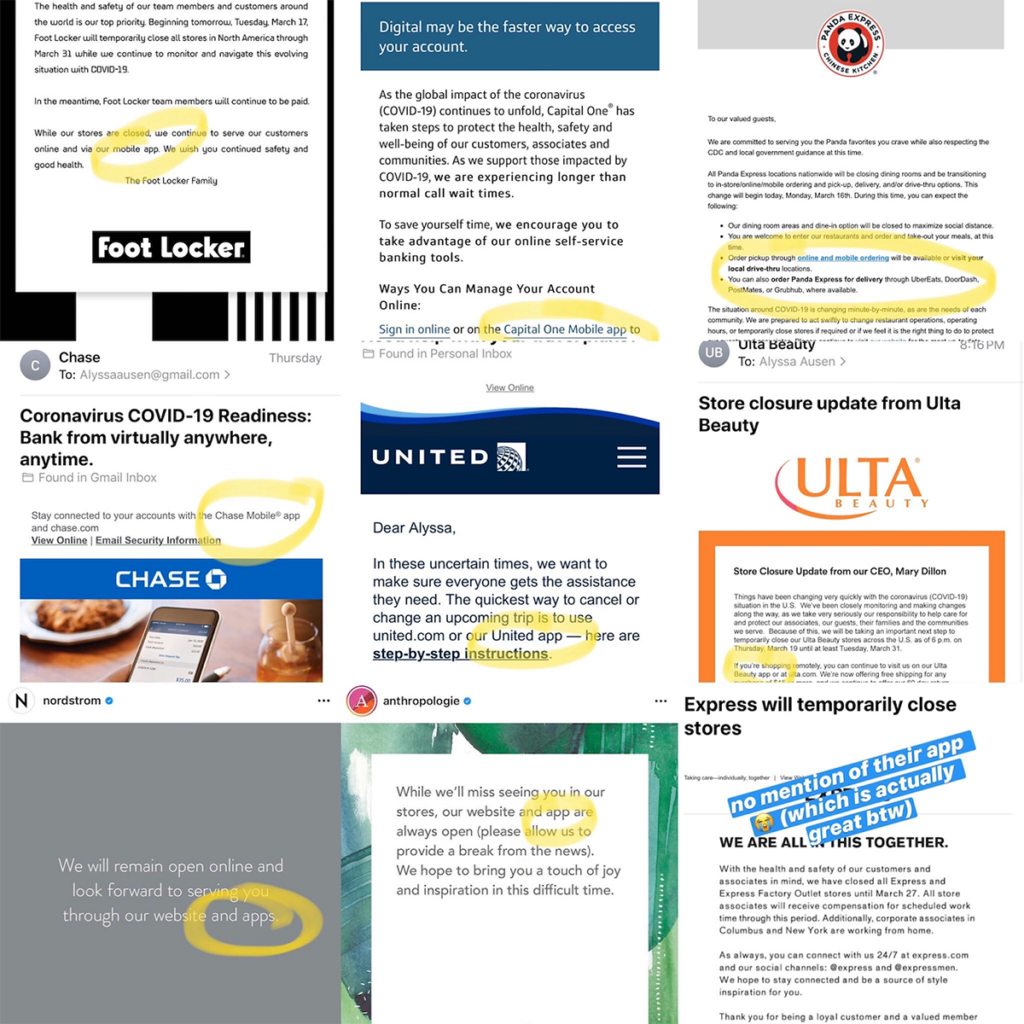
Note: When thinking about whether to send someone to your app or website — there is much to consider. If they are on desktop, your links should go to your website, but on mobile, apps are shown to drive 2X engagement and retention so sending your users to the app is the best practice, as is converting your web users to app users if they are engaging with your content.
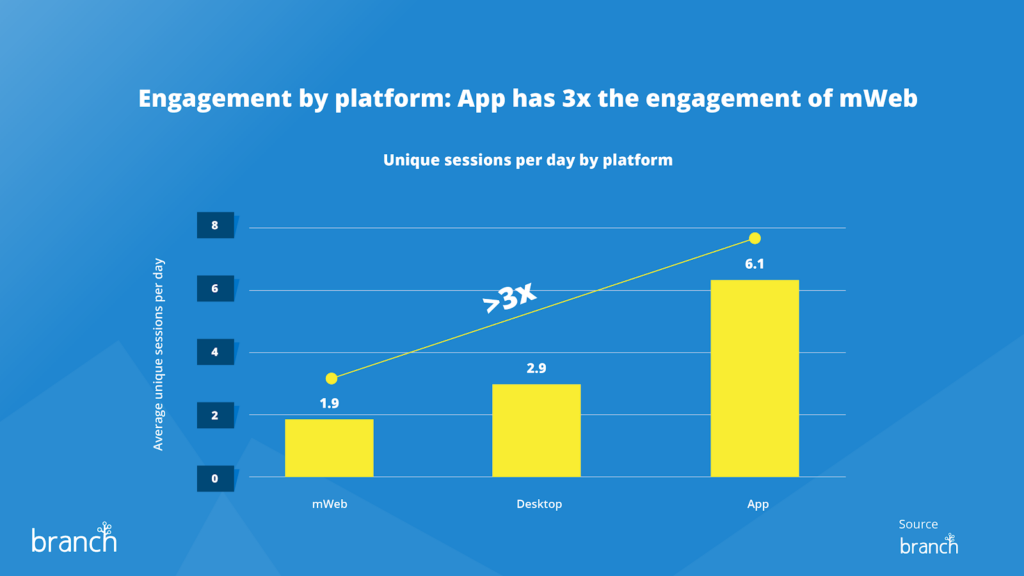
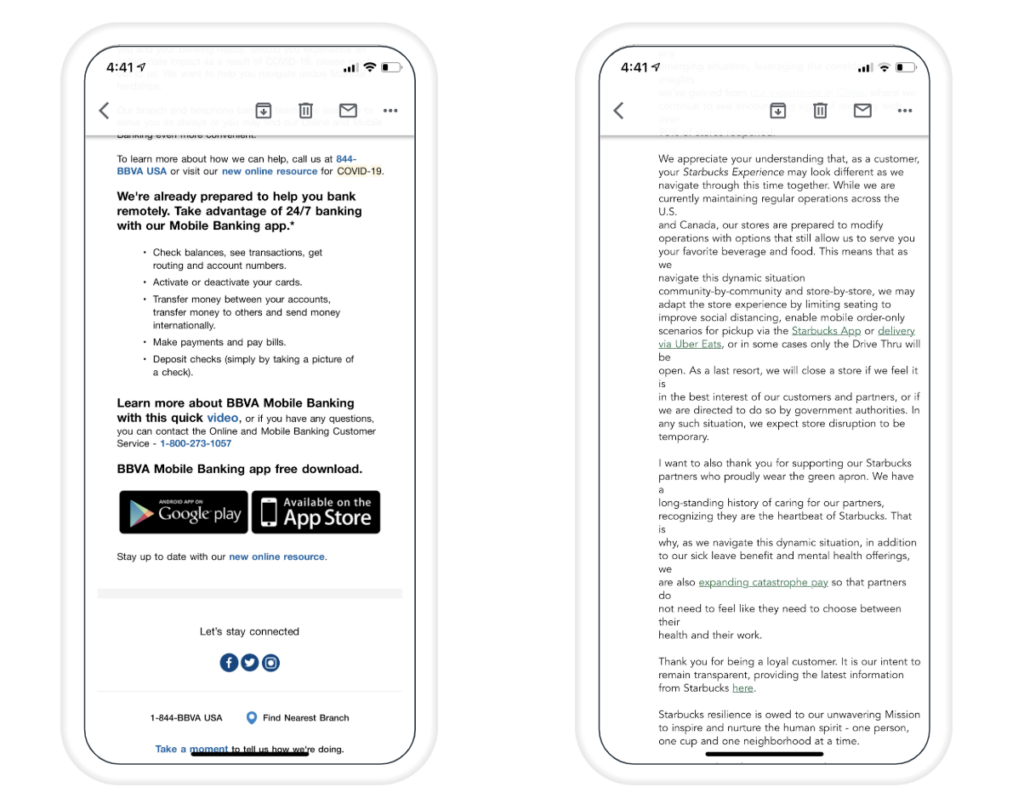
3. Adapt your content and product for what users are looking for now
In his landmark 1859 book, The Origin of Species, Charles Darwin showed that those species that adapt best to their changing environment have the best chance of surviving, while those who do not adapt do not make it. This is the time to adapt. For some financial companies, it might mean sending advice on how to take care of your money in these times vs. pushing offers; for one of the companies I invested in that is working on a gun detection camera system, it means adding a product that can detect fluctuations in body temperature; for the next-door yoga studio, it means doing live classes in the app vs. in-person; for a friend who leads a dating app, it means working on adding video chat to the service — whatever your product or service is, this is the time to sit in a (virtual) room with your team and think how you can adapt and change the product in a world where people feel uncertain and physical distancing can last months.
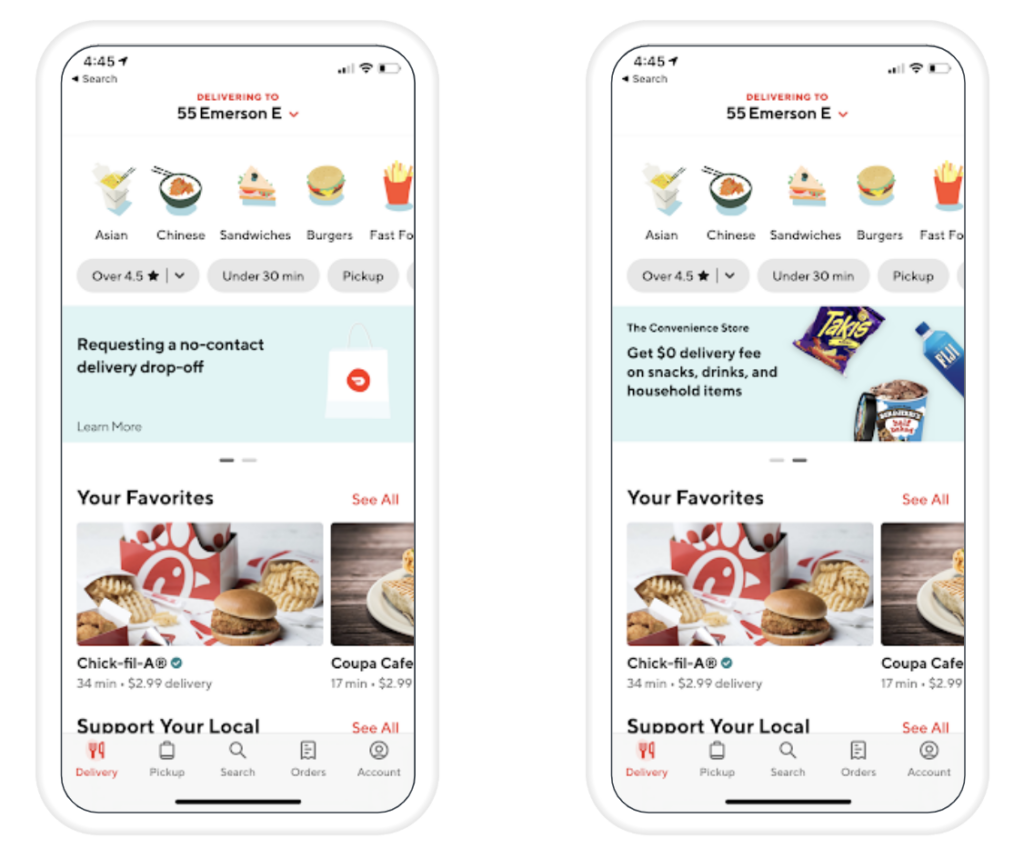
Above is a great example of Doordash quickly adapting to provide convenience store delivery — something high in demand while services like Prime Now and Instacart are short on drivers + allowing customers to request no contact/drop off at door deliveries.
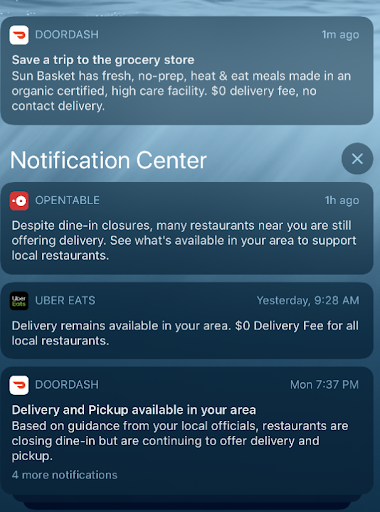
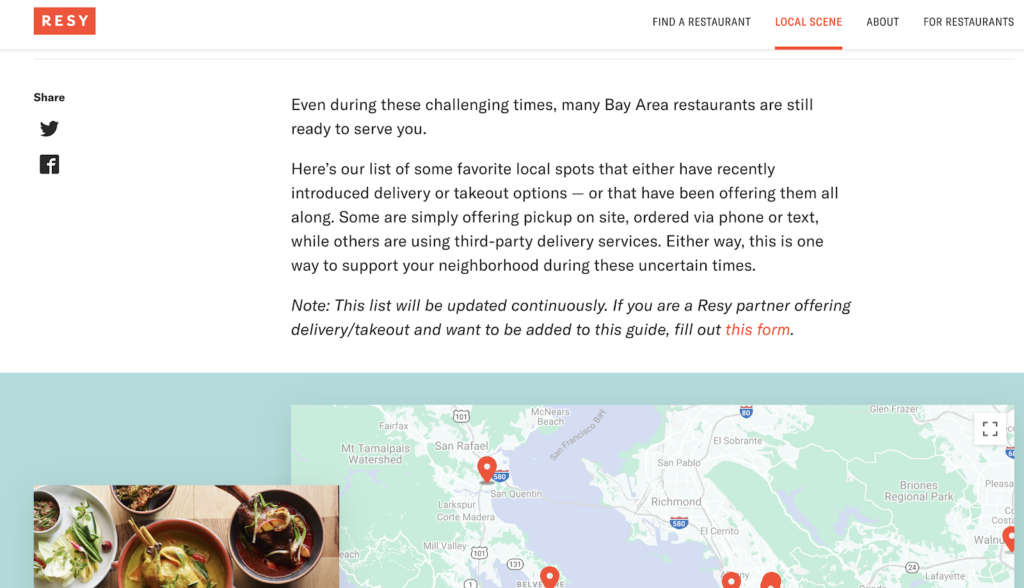
Delivery apps are updated to make delivery free to show empathy for users who are now staying home and Resy quickly updated their app to support pickup from restaurants instead of reservations.
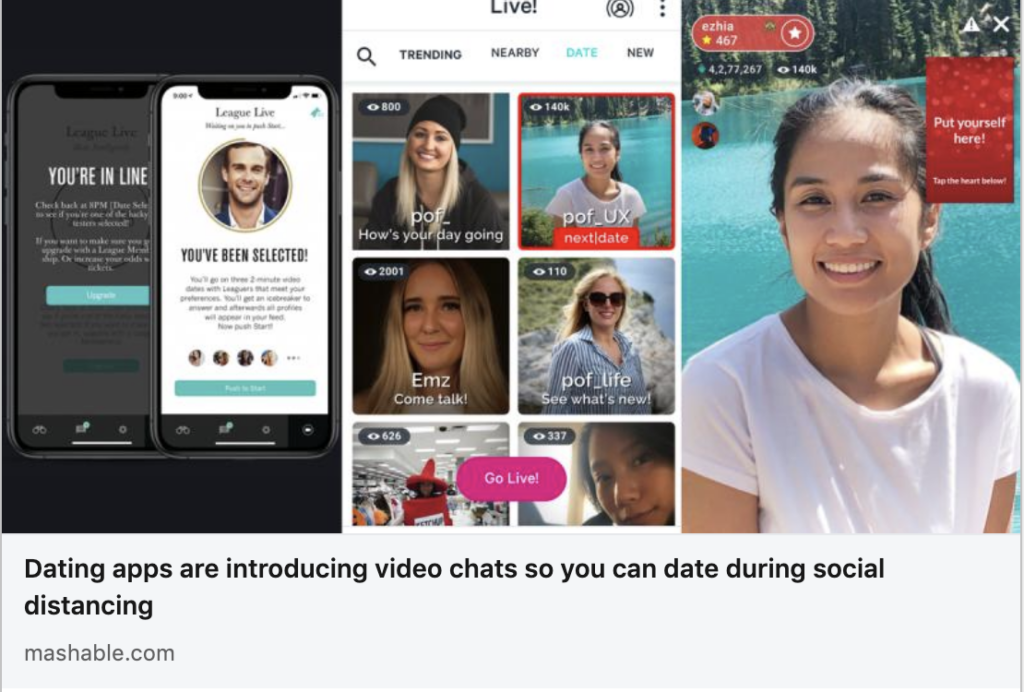
Dating apps are introducing video dating!
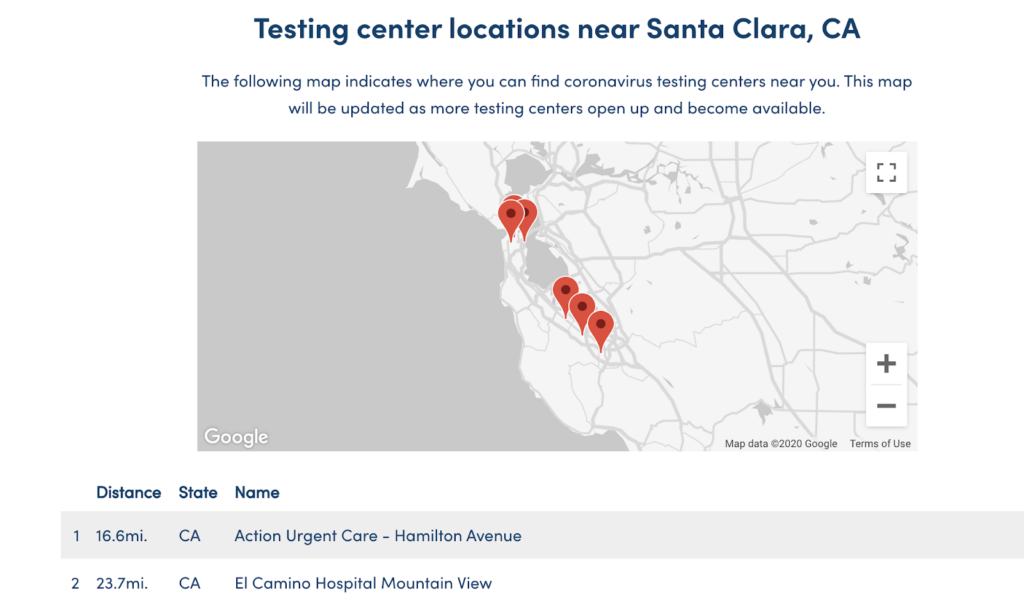
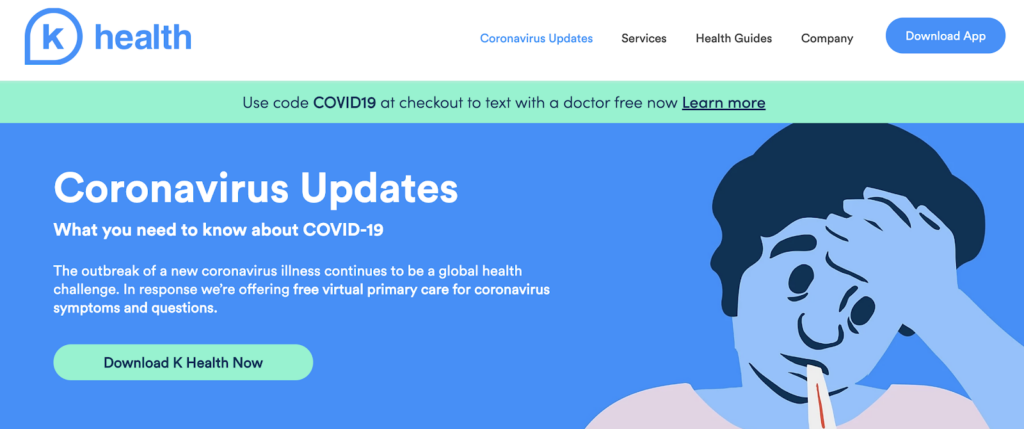
4. Users have more time on their hands, will become isolated, lonely, and bored — how can you help?
The interesting side-effect of physical distancing is that we are now spending a lot of time by ourselves or with our families at home. There are no dinners, social gatherings, commuting, etc., so as a society we have more time on our hands. Looking at trends, we already see an increase in and this is just the beginning.
What does it mean for businesses? This is the time to keep your users informed and entertained — boost your social media presence, write more educational content, connect with more users, rethink your digital spend, send more emails, especially if they are educational and informative. If your service can help people feel connected — even if that means social commerce, sharing articles or interesting pieces of information, or just communicating — now is the time to promote those features. The silver lining: people who come from invites/sharing are more likely to become loyal customers and will stay with you longer.
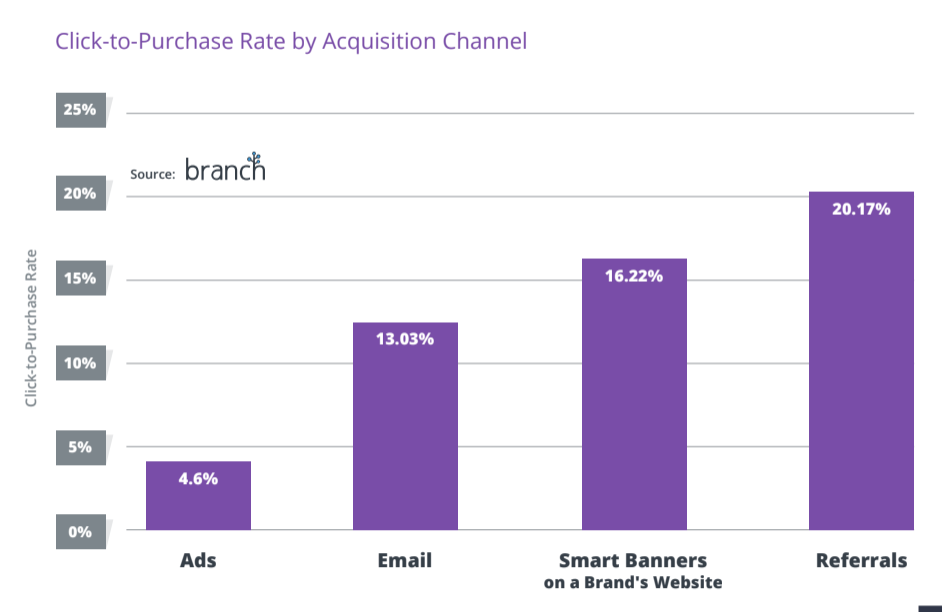
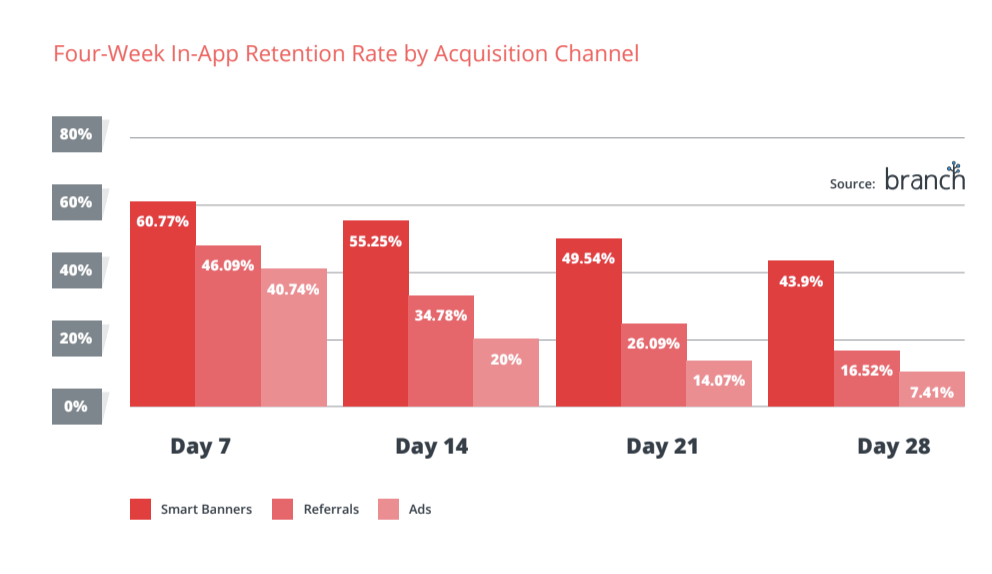
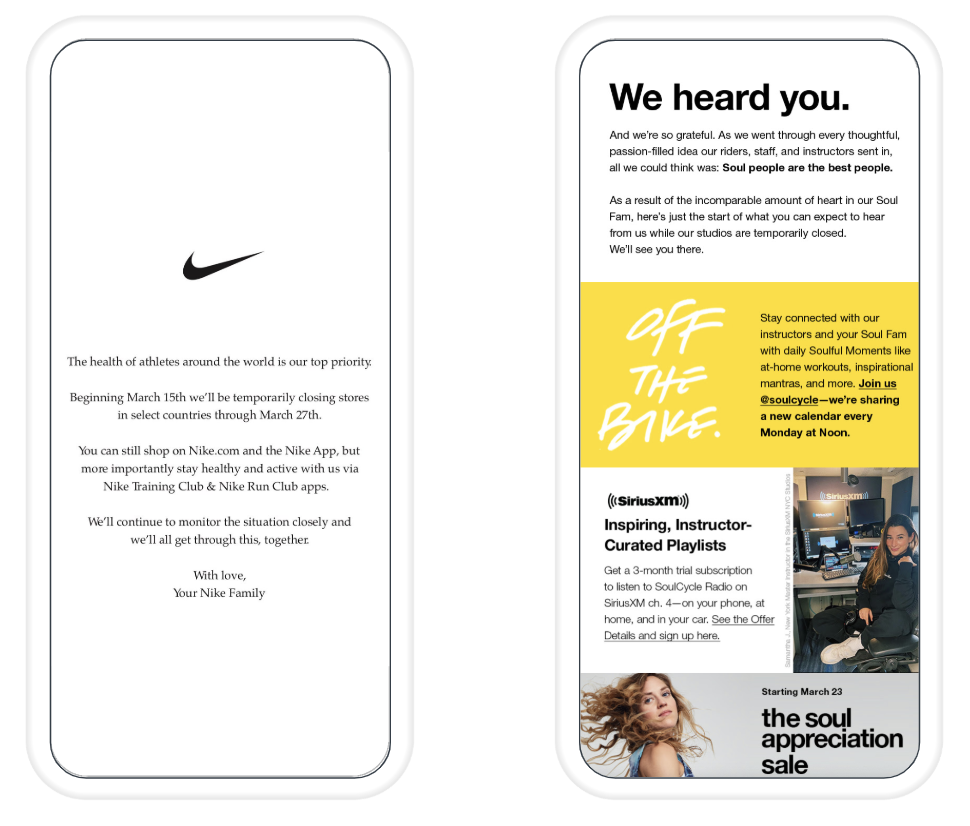
Nike and Soulcycle have worked on messaging with their customers in mind first. Soulcycle came up with creative partnerships to help their customers and keep their brand top of mind.
II. Focus on relationships vs revenue
I was pretty poor between 2012 and 2015. I went to business school and used all my savings to pay for part of it instead of taking a full loan. Moreover, whatever was left I spent on start-up costs of materials, etc. before we had raised any money — and that meant I shared a small 2-bedroom apartment with three other people, one being my co-founder Mike (who lived for a couple of years in the small garage attached to the kitchen), and had no discretionary spending. My San Francisco hairdresser, Jenny, knew I was struggling and gave me free haircuts once in a while and taught me how to color my own hair in between appointments. Five years later I now live in Palo Alto, more than an hour away from her salon in SF. I still drive to SF every six weeks to see Jenny — she is an amazing hairdresser, but there are great hairdressers in Palo Alto too —but the fact that she was there for me during those hard times means I’ll probably never even consider finding someone closer to home.
The next few months will be much harder on some people than those years were for me and for some, they could be devastating — 40% of Americans have less than $400 in their savings accounts. In addition to potentially less discretionary spending, physical distancing, travel bans, etc., it will mean slower business times for many companies — if that is the case for you, this is the time to double down on building customer relationships and loyalty. Bans will be lifted, people will shop or bank again, and the empathy you show during this period could mean the loyalty I feel for Jenny to this day. Some things you can consider:
1. Extending loyalty services beyond this year if your usage is impacted by physical distancing
As COVID-19 started taking hold, I needed to cancel a ton of travel. I appreciate companies that are extending their loyalty services to next year knowing less usage will happen during this time.
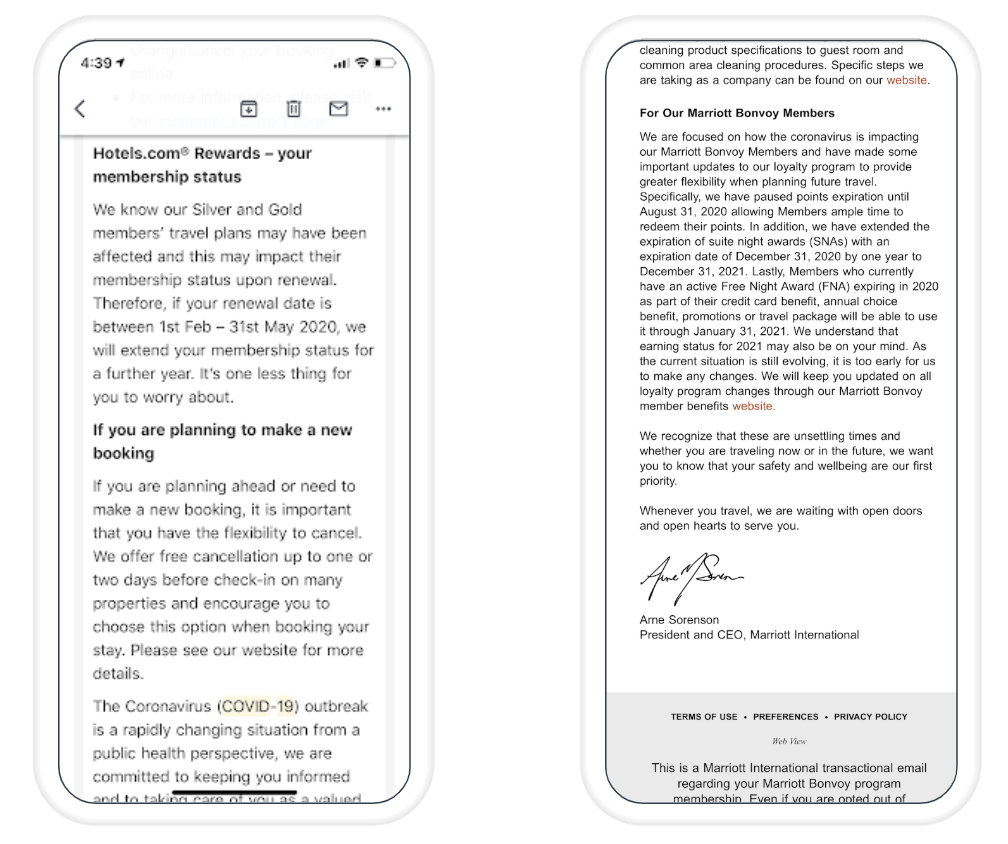
2. Give credit or partial credit for a future event/product if you have to cancel an event/product etc.
I know this is not always possible — unfortunately because of deposits, venues, and vendors it’s hard to recoup costs. That being said, as vendors, venue owners, event organizers — the more you can give back from what you recoup, the more you are investing in a future relationship with your customer. When Adobe Summit decided to give back credit for their conference — it convinced me not only to join next year but to double down on our efforts for their event then and their online event coming up.
3. Push people to channels where you can build stronger relationships
I’ve been harping on this for years — but if you think of a relationship with your customers like dating, getting them to download the app is like going steady and purchasing is like closing the deal. While going steady is desirable and can get you closer to conversion, and repeated conversion, it’s not something you should ask on a first date. However, as people now have more time on their hands to interact more with your brand on your website or through social media, this might be the time to get them to download and use your app. Wondering how? With this one, we can help. (And by the way, did you know that if you customize your banners with that strategy, such as with more aggressive messaging depending on the engagement level of your users, your overall view-to-install ratio will increase 5x)
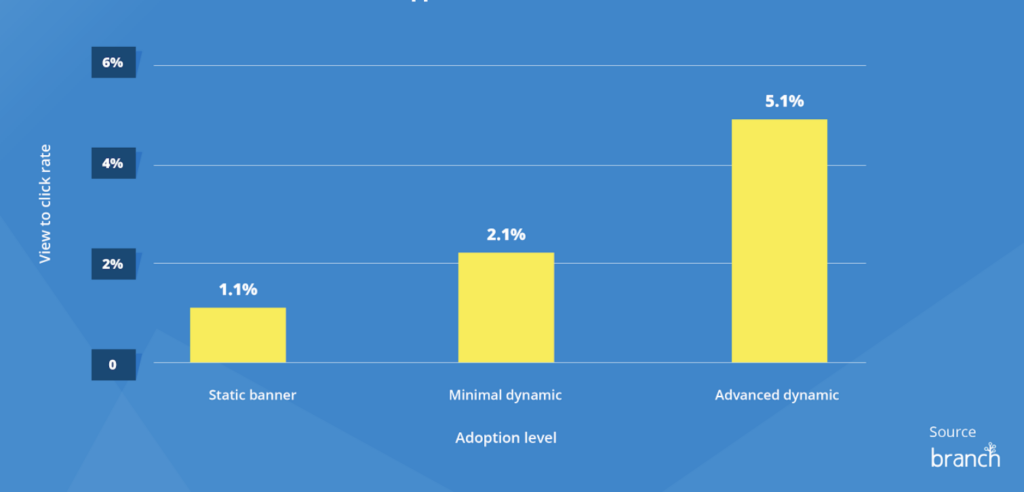
4. Be less pushy when it comes to offers, upsells, etc. and revisit your team’s goals
I know this should be obvious, but when people are stressed, worried, and scared, they are more likely to react well to upsells, promotions, cold calls, etc. — this is not the time to do it. And while as leaders that might make sense, we humans sometimes react to goals vs. the bigger picture — so it’s important as you think about your company’s reaction to not just update the short term directive on activities, but adjust the goals for your marketing and sales team over the next few months: focus on retention vs. bottom line, engagement vs. sales, etc.
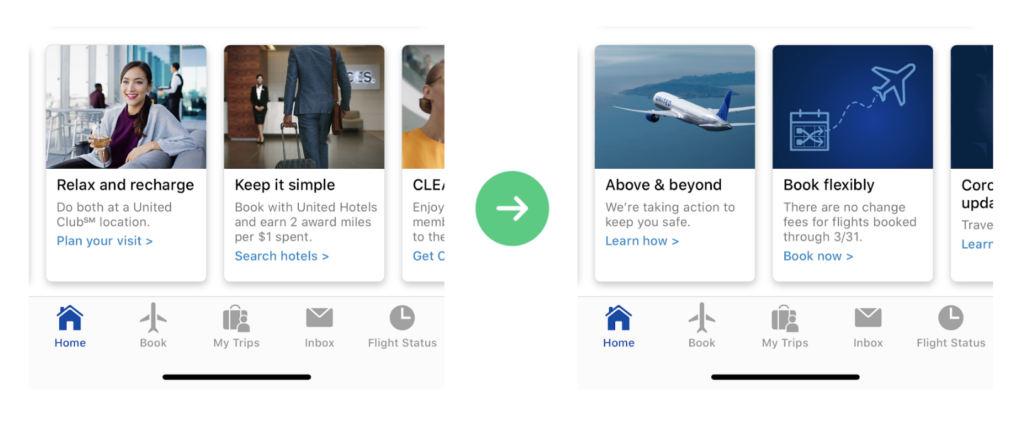
The United app welcome screen a week ago vs. today — highlighting user safety and flexibility vs. promotions.
III. Conserve your resources — do more with less
While some businesses will experience little impact over the next few months, most businesses will be impacted by the disruptions in the supply chain, local small businesses closing doors in the near-term, reduced travel, consumers reducing discretionary spending, etc. The best way to have an infinite game mindset in this scenario, in addition to showing empathy and connecting with your customers, is to be prudent and conserve your resources.
1. Rethink User Acquisition spend and optimize your organic traffic to owned channels
Unfortunately, while paid user acquisition is an incredibly consistent and predictable way to drive growth in new users, it’s also not the most cost-effective way to do it. While some campaigns might bring higher ROI than others, my advice would be to rethink artificial growth targets for the next few months. Instead, focus on doubling down on retention, conversion and the paid campaigns with the highest ROI and investing in organic growth, as well as bringing more users to your owned channels that convert the best like your app. I have talked a lot about living in an age of digital empires — where the giants fight for users’ attention, leaving you, the brand, to depend on them for promotion, discovery, and more. The advice I have here is to do as much as possible to drive users to channels you fully control and where you can create that relationship with the user, such as an app or website. Moreover, invest in organic ways to do that — content that drives SEO, app banners, referrals and sharing, email campaigns, etc.
2. Optimize, personalize, and connect previously disconnected user flows
When it comes to doing more with less, there is nothing more useful than starting with your existing broken flows. The Fogg Behavioral Model says that when it comes to getting a user to perform an action, you only have two levers — making it easy and increasing their motivation. While the motivation part is tied to everything else, making something easy can be just as powerful. Examples include a user that is logged in on a browser seamlessly logging in when they open the app, bringing users who click on an ad for a product directly in the same product in the app, and automatically applying promotions when a user clicks on a referral from a friend to download your app These are just small examples of how you can connect identities across platforms and make sure you give your users a seamless experience to make the most out of their time and reduce drop-offs.
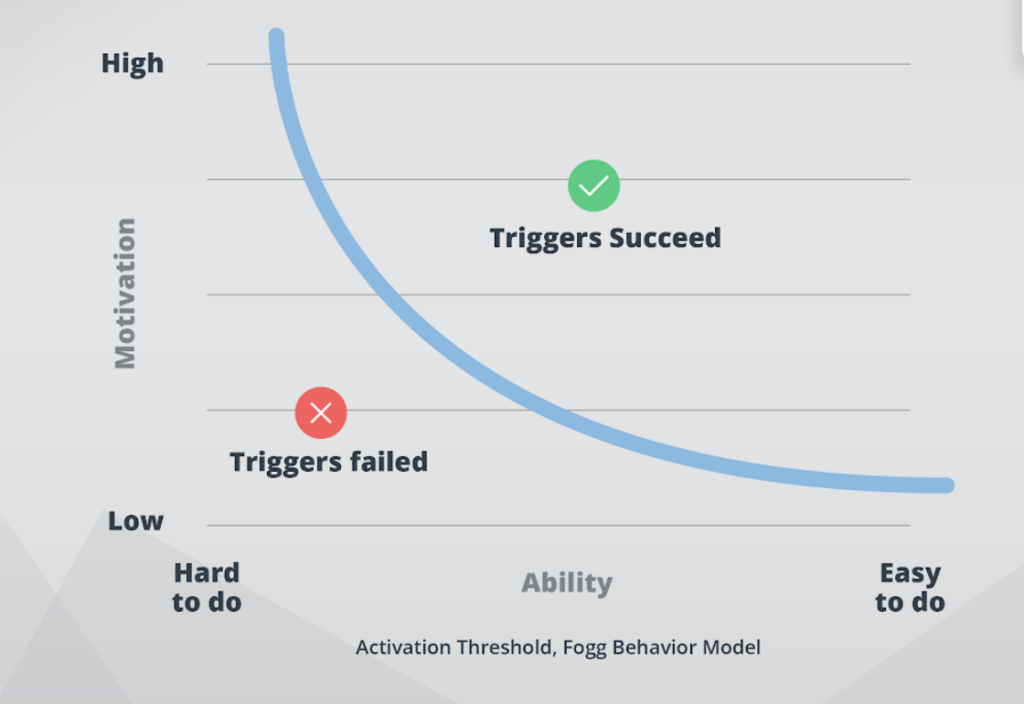
3. Enable deep links
This seems like one that some might think does not deserve its own section, and let’s be honest is pretty self-promotional for Branch. The thing is: I truly believe this is one of the biggest things an app can add to fix their user experience and app open rates — I believe in it so much so that we have always, since the early days, kept our deep links free. You offer many services that help you grow all built on top of our links, but we believe deep linking is so basic to making mobile work that we want to enable you, no matter the type of business you are to enable this and make it work. The impact of this is hard to measure — how can you figure out how many of your link clicks drop because of user error/intent and how many drop because of your links? We performed an experiment recently with a customer and this is what we saw:
| Link | Click | Open | Orders | Revenue | Cost | ROI |
| Branch | 63,016 | 52.5% | 941 | $124,328 | $6,372 | 19.5X |
| Legacy | 76,401 | 38.1% | 603 | $78,266 | $7,326 | 10.7X |
Using the right deep links can significantly increase your open rates and ROI. It’s worth at least trying.
4. Fix leaky bucket measurements
When it comes to leaky buckets there are two main issues to consider: 1) The misattribution between different self-attribution networks and 2) The misattribution between organic and paid measurement. On the first point, our data shows that the average rate of duplicate attribution was ~18% across each active network. That means, if you didn’t have a trusted third party like Branch to deduplicate, you’d be overpaying by at least 18% for your ad campaigns. The solution is simple: use a third-party measurement system. The second is more complicated. Different browsers on iOS don’t interact with each other and the app, meaning you can measure app-to-app and web-to-web (in the same browser) conversions, but not beyond that.

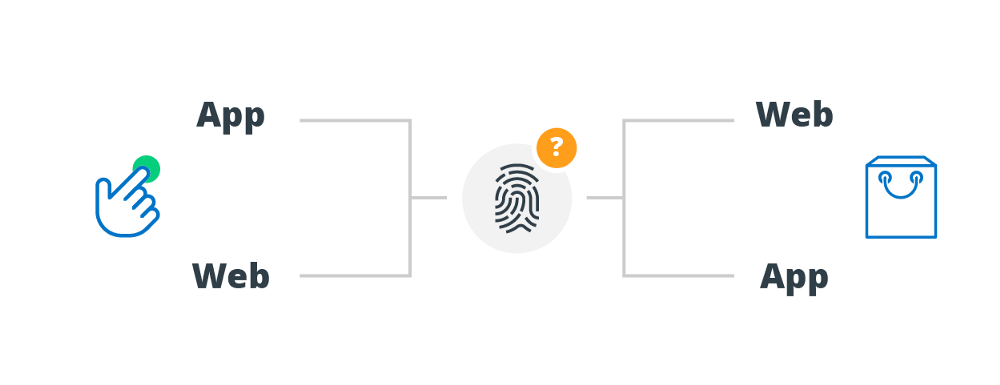
The solution here is to use a persona-based attribution system like Branch that actually ties cookies and app IDs into one, making sure you get a continuous journey for your users while prioritizing their privacy.
IV. Don’t lose hope
The next few months will be hard on everyone: individuals, families, hospitals, and businesses. While for those impacted personally the impact will be unsurmountable, when it comes to businesses there is a silver lining. I ran a virtual roundtable last night with leaders in mobile, some like ticketing or hotels severely impacted by this. They had a positive outlook — they are using this time to improve, rethink their mobile stack, fix measurement issues, and double down on relationships with their existing customers.
To share one final graph with you, here is a snapshot of the trends we’re already seeing in China: while activity for some apps fell at the beginning of the pandemic, many have already started to recover:
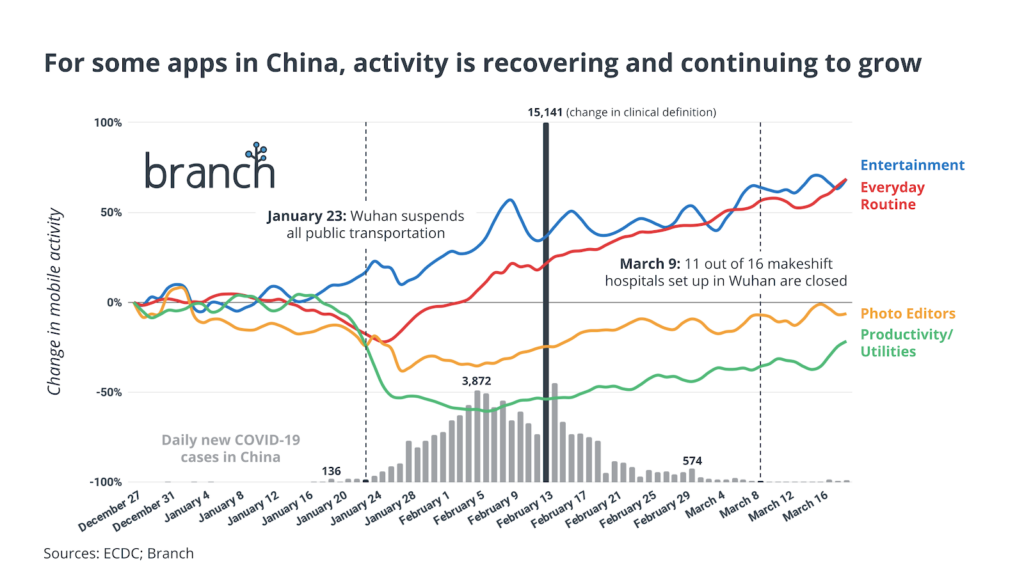
We are adapting, we are becoming stronger and learning to endure in the face of adversity, and we will be prepared with technologies, supply systems, and better response if we ever get hit by a pandemic again. The world was not ready for this, but we are evolving. After every time of hardship, there’s a time of growth — we just need to endure and make it through this, hopefully, stronger, better, more prepared. As for survival in the age of mobile: the important thing is to learn from each other. We will be facilitating virtual roundtables over the next few months and hosting learning sessions and webinars. Send me a note if you are interested in the roundtables and register here for the webinar.






















